We Make $19k Per Month. Should We Decouple Our EC To Buy 2 Properties For Investment?

Get The Property Insights Serious Buyers Read First: Join 50,000+ readers who rely on our weekly breakdowns of Singapore’s property market.
Hi
It was an interesting article on decoupling.
But I’m still a little confused on the math.
Don’t mind me asking. Potentially we are also looking at decoupling our present EC ( over MOP) value 1.4 mil about
My wife is planning to buy a one-two bedder private for investment. So decoupling works to avoid paying the hefty absd.
- My question is whether is worth decoupling based on the expenses and top up needed.
- Would be sane to buy over husband or wife shares or selling the property would be wiser? See thru the 15 month period before buying another property?
Some information of ours.
- Husband income: $9,600 monthly
- Wife income: $9,600 monthly
- Husband paying the loan.
- We currently Co share 50:50 of our EC.
- Wife uses half cpf half cash to buy the EC down-payment.
- Husband uses all cpf to buy the EC for all the down-payment.
Appreciate your favorable advice.
Hi there,
Thank you for writing in!
As always, the choice between decoupling and selling and buying two properties depends on the circumstances. To be sure, the calculations might seem complex, but we’ll try our best to simplify and clarify them as much as possible.
To begin, let’s analyse the expenses involved in decoupling and consider your affordability.
Decoupling and affordability
Since we do not have some of your details, let’s do a simple calculation for reference and you can adjust the numbers accordingly later. We will be making the following assumptions:
- Selling price: $1.4M
- Purchase price: $1.1M (Estimated based on a report done by OrangeTee & Tie showing 99.9% of ECs transacted between 2007 – August 2022 made an average gross profit of $300,000)
- Initial down payment made: $275,000 (25% of $1.1M)
- Down payment paid equally by husband and wife
- Outstanding loan: $210,000
- CPF used does not include any accrued interest
| Seller (Wife) | Buyer (Husband) | |
| Shares | 50% | 50% |
| Valuation of shares | $700,000 | $700,000 |
| Outstanding loan | $105,000 | $105,000 |
| CPF used by seller | $68,750 (for down payment) | – |
| BSD payable by buyer | – | $15,600 |
| Option fee (5%) | $35,000 (received) | $35,000 (payable in cash) |
| Legal fees | $3,000 | $3,000 |
| Seller’s sales proceeds (valuation – outstanding loan – legal fees) | $592,000 (CPF + cash) | – |
| Buyer’s new loan | – | $630,000 |
| Completion fee (20%) | – | $140,000 (payable with CPF/cash) |
| Total buyer needs to pay (BSD + option fee + legal fees + completion fee) | – | $193,600 |
Decoupling calculations can be perplexing for many due to the simultaneous consideration of both sides involved. A simpler approach is to perceive it as a regular transaction involving a single seller and a single buyer.
In this scenario, your wife (as the seller) would receive $700,000 from the sale of her shares, constituting 50% of the $1.4M valuation. After accounting for the outstanding loan of $105,000 and legal fees of $3,000, the remaining sum would be her net sales proceeds.
As the buyer (you), the process involves making a 25% down payment totalling $175,000 (5% in cash and 20% through CPF/cash), incurring Buyer’s Stamp Duty (BSD), and covering legal fees. Additionally, you need to ensure eligibility for the new loan amount of $630,000.
Given your age of 47, a monthly income of $9,600, and considering a 4.6% interest rate, you can secure a loan of up to $774,625 with an 18-year tenure.
Now let’s look at your wife’s affordability after selling her shares.
| Description | Amount |
| Maximum loan based on the age of 44 with a monthly income of $9,600, at a 4.6% interest | $852,184 (21-year tenure) |
| CPF funds + cash | $592,000 |
| Total loan + CPF + cash | $1,444,184 |
| BSD based on $1,444,184 | $42,367 |
| Estimated affordability | $1,401,817 |
With a budget of $1.4M, it is possible to buy a one or two-bedroom condo. Consequently, decoupling appears to be a viable option in this context.
Individual affordability
Let’s now look at your individual affordability if you were to sell your EC and purchase 2 properties separately.
Sales proceeds from EC
| Description | Amount |
| Selling price | $1,400,000 |
| Outstanding loan | $210,000 |
| CPF refund* | $821,250 |
| Cash proceeds | $368,750 |
*As we do not know how much CPF funds have been used to pay for the property, this is just a rough estimate based on the assumptions we have listed in the decoupling calculations. You can adjust this number accordingly.
Husband’s affordability
Given that you likely have a higher amount of CPF funds, we will allocate a lower amount of the cash proceeds for your purchase.
| Description | Amount |
| Maximum loan based on the age of 47 with a monthly income of $9,600, at a 4.6% interest | $774,625 (18-year tenure) |
| CPF funds* | $752,500 |
| Cash | $100,000 |
| Total loan + CPF + cash | $1,627,125 |
| BSD based on $1,627,125 | $50,956 |
| Estimated affordability | $1,576,169 |
*As before, the CPF funds may not be accurate so do adjust it accordingly.
Wife’s affordability
| Description | Amount |
| Maximum loan based on the age of 44 with a monthly income of $9,600, at a 4.6% interest | $852,184 (21-year tenure) |
| CPF funds* | $68,750 |
| Cash | $268,750 |
| Total loan + CPF + cash | $1,189,684 |
| BSD based on $1,189,684 | $32,187 |
| Estimated affordability | $1,157,497 |
*As before, the CPF funds may not be accurate so do adjust it accordingly.
While the precise amounts in your CPF funds are unknown, the loan amounts and projected sales proceeds suggest that each of you should be able to afford a property.
That said, this would largely depend on the size and location that you are looking at. But in general, a $1.576m and $1.157m budget can get you a 3 and 2-bedder respectively assuming you max out your affordability.
Now let’s move on to answering your questions.
Is it worth decoupling?
To start, we will look at the difference in cost incurred between decoupling and buying a second property, in comparison to selling the EC and buying two properties.
Cost to decouple: $193,600
Cost to purchase second property (assuming a purchase price of $1.4M):
| Description | Amount |
| 25% down payment | $350,000 |
| BSD | $40,600 |
| Legal fees | $3,000 |
| Total costs | $393,600 |
Total costs incurred if you were to decouple and purchase a second property: $193,600 + $393,600 = $587,200
Cost of selling EC (assuming sale price of $1.4M):
| Description | Amount |
| Agency fees (2% + GST) | $39,200 |
| Legal fees | $3,0000 |
| Total costs | $42,200 |
Cost of purchasing first property (assuming a purchase price of $1.5M):
| Description | Amount |
| 25% down payment | $375,000 |
| BSD | $44,600 |
| Legal fees | $3,000 |
| Total costs | $422,600 |
Cost of purchasing second property (assuming a purchase price of $1.1M):
| Description | Amount |
| 25% down payment | $275,000 |
| BSD | $28,600 |
| Legal fees | $3,000 |
| Total costs | $306,600 |
Total costs incurred if you were to sell the EC and purchase two properties: $42,200 + $422,600 + $306,600 = $771,400
The calculations clearly indicate that selling the EC and acquiring two properties will result in significantly higher expenses compared to opting for decoupling and purchasing a second property. This disparity arises because decoupling involves acquiring only a 50% share, leading to considerably lower costs compared to an entirely new property purchase. Solely from a cost perspective, decoupling emerges as the more favourable choice.
However, there are additional factors that warrant consideration.
Firstly, the performance of your EC. Without specific details about the development in question, it’s challenging to offer precise advice. This depends on various factors such as its age, location, demand and supply dynamics. So if there is potential for future growth, retaining it could be a better move. Conversely, if prices have stagnated or declined pre-pandemic and are presently at their peak, it might be wise to contemplate selling it and reinvesting in a property with better growth prospects.
Secondly, to assess whether your EC fulfils your living needs. Since you’re considering decoupling, it implies that your current living situation is satisfactory, and you’re content with holding onto the EC. However, if thoughts about relocating to a different area or downsizing have crossed your mind, selling the EC might be a consideration in this scenario.
Who should buy over whose shares when decoupling?
Since both parties hold 50% shares, the costs incurred remain consistent whether you acquire your wife’s share or vice versa. However, the pivotal aspect here revolves around the utilisation of CPF by each party.
After reviewing the calculations, it appears that your wife’s minimal use of CPF funds has led to a favourable outcome from the sales proceeds. However, should a significant amount of CPF funds be used, resulting in the sales price minus the outstanding loan and CPF refund being negative, a cash top-up would be required to cover this shortfall.
For example:
| Description | Amount |
| Value of 50% shares | $700,000 |
| Outstanding loan | $105,000 |
| CPF used plus accrued interest | $650,000 |
| Sales proceeds | -$55,000 |
In this case, the $55,000 will have to be topped up in cash to the seller’s CPF account. It is important to note that when decoupling, there is no such thing as a negative sale.
Buying an HDB?
You mentioned the 15-month waiting period, which only applies if you intend to purchase an HDB after selling the EC.
This remains a feasible choice, but its suitability depends on your objectives.
Given the lower cost associated with acquiring an HDB, it’s probable that you could save a portion of the sales proceeds for emergency funds or other investments. This stands in contrast to the other two scenarios where utilising the sales proceeds is essential for the property purchases.
However, if you lack alternative accommodation during the 15-month wait-out period, substantial rental expenses could significantly diminish the profits gained from selling your EC.
Besides the 15-month waiting period, this option has other limitations. If your goal is to own two properties, it’s likely you’ll buy the HDB under the owner-occupier scheme. As a result, the occupier must wait an extra 5 years for the HDB to reach its Minimum Occupation Period (MOP) before purchasing a second property. This extended wait involves opportunity costs, especially in terms of potential investments.
Also, with the 15-month wait out and 5-year MOP, the affordability of the occupier will be affected. Let’s look at the difference in both your loan quantum in six years.
| Husband | Wife | |
| Maximum loan quantum now | $774,625 (18-year tenure) | $852,184 (21-year tenure) |
| Maximum loan quantum six years later | $583,456 (12 year tenure) | $685,613 (15 year tenure) |
*This is assuming your incomes remain the same and we are using a 4.6% interest rate
We can see from the table that in six years, there is a rather significant reduction in both your eligible loan quantum which would mean a higher amount of CPF funds or cash may be required for the purchase of the second property.
An HDB is typically not seen as an investment tool, mainly because it’s designed for affordable housing for the general population and faces stricter rules than private properties. For those focusing on capital growth, holding onto a private property, especially in a well-chosen development, tends to be a better choice. Furthermore, when considering legacy planning, passing down a private property is simpler than an HDB. Inheriting an HDB requires meeting specific HDB eligibility criteria, while inheriting a private property generally involves fewer complications for the beneficiary.
To conclude
In all three scenarios, eventual ownership of two properties is assured. However, if prioritising capital appreciation is your main goal, holding onto two private properties might prove to be a more favourable option, contingent upon selecting the right developments.
Considering the incurred costs, opting to decouple and purchase a second property could potentially make more financial sense than selling the EC and acquiring two properties.
Regarding the decision of which party should buy over whose shares, this determination should consider the utilisation of CPF funds by each individual. If the sales proceeds for the seller result in a negative balance, the costs associated with decoupling will rise. Hence, it would be more advantageous for the party who utilised a greater amount of CPF funds to acquire the shares of the party who used less.
While purchasing an HDB might allow for savings from the funds acquired through the EC sale, the drawbacks of a 15-month wait-out period and a 5-year MOP are rather significant. Moreover, considering the reduced loan availability in six years, the purchase of the second property may demand more CPF and cash. Consequently, this route is our least preferred option.
We hope that our analysis will help you in your decision-making. If you’d like to get in touch for a more in-depth consultation, you can do so here.
Read next from Editor's Pick

Property Advice I Own A 55-Year-Old HDB Flat, But May Have To Sell — Can I Realistically Buy A Freehold Condo With $700K?

Property Advice We Own A 2-Bedder Condo In Clementi: Should We Decouple To Buy A Resale 3 Bedder Or Sell?

New Launch Condo Analysis This New Pasir Ris EC Starts From $1.438M For A 3-Bedder: Here’s What You Should Know

Property Investment Insights How This Singapore Property Investor Went From Just One Property to Investing in Warehouses and UK Student Housing
Latest Posts

Property Market Commentary 7 Close To TOP New Launch Condos In 2026/27 For Those Looking To Move In Quick

Property Market Commentary Why It’s So Much Harder For Young Singaporeans To Buy A Home Today

New Launch Condo Reviews Coastal Cabana EC Review: A Unique EC With Sea Views Priced From $1.438M

Property Market Commentary Which HDB Towns Sold the Most Flats This Year? The 2025 Rankings Reveal Some Surprises
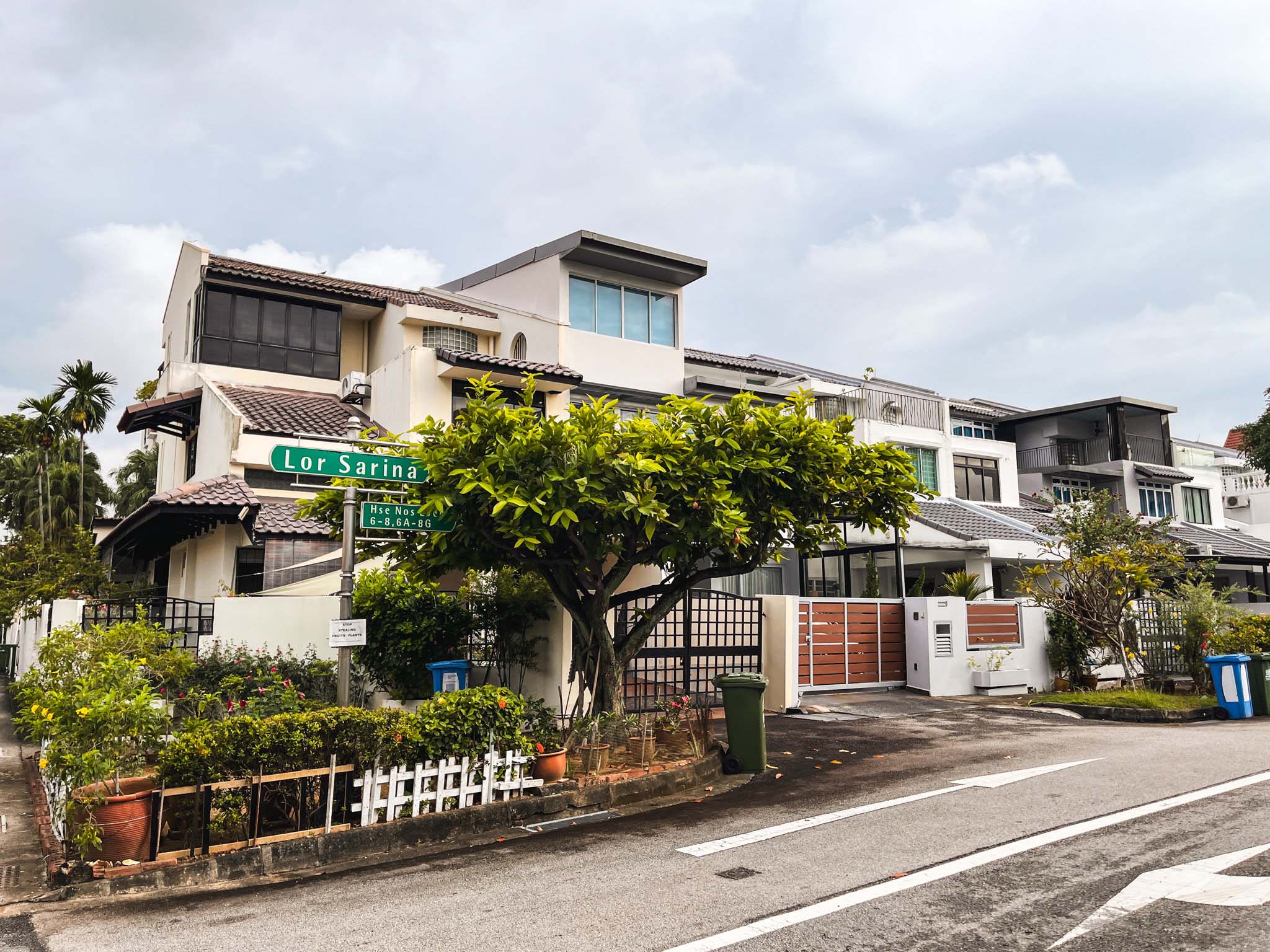
Landed Home Tours We Toured a Freehold Landed Area Buyers Overlook — It’s Cheaper (and Surprisingly Convenient) From $3.2M
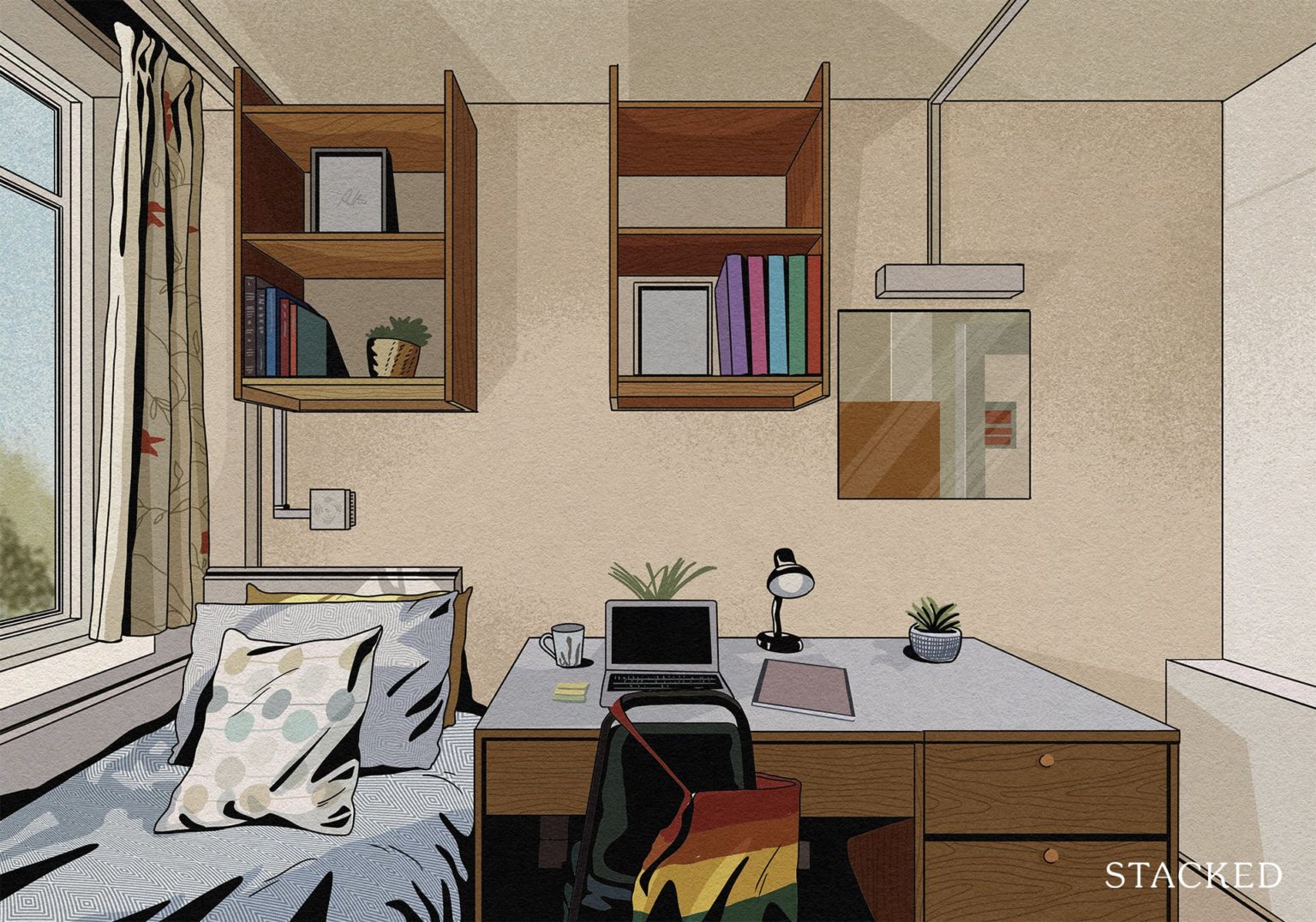
Singapore Property News The Hidden Costs of Smaller Homes in Singapore
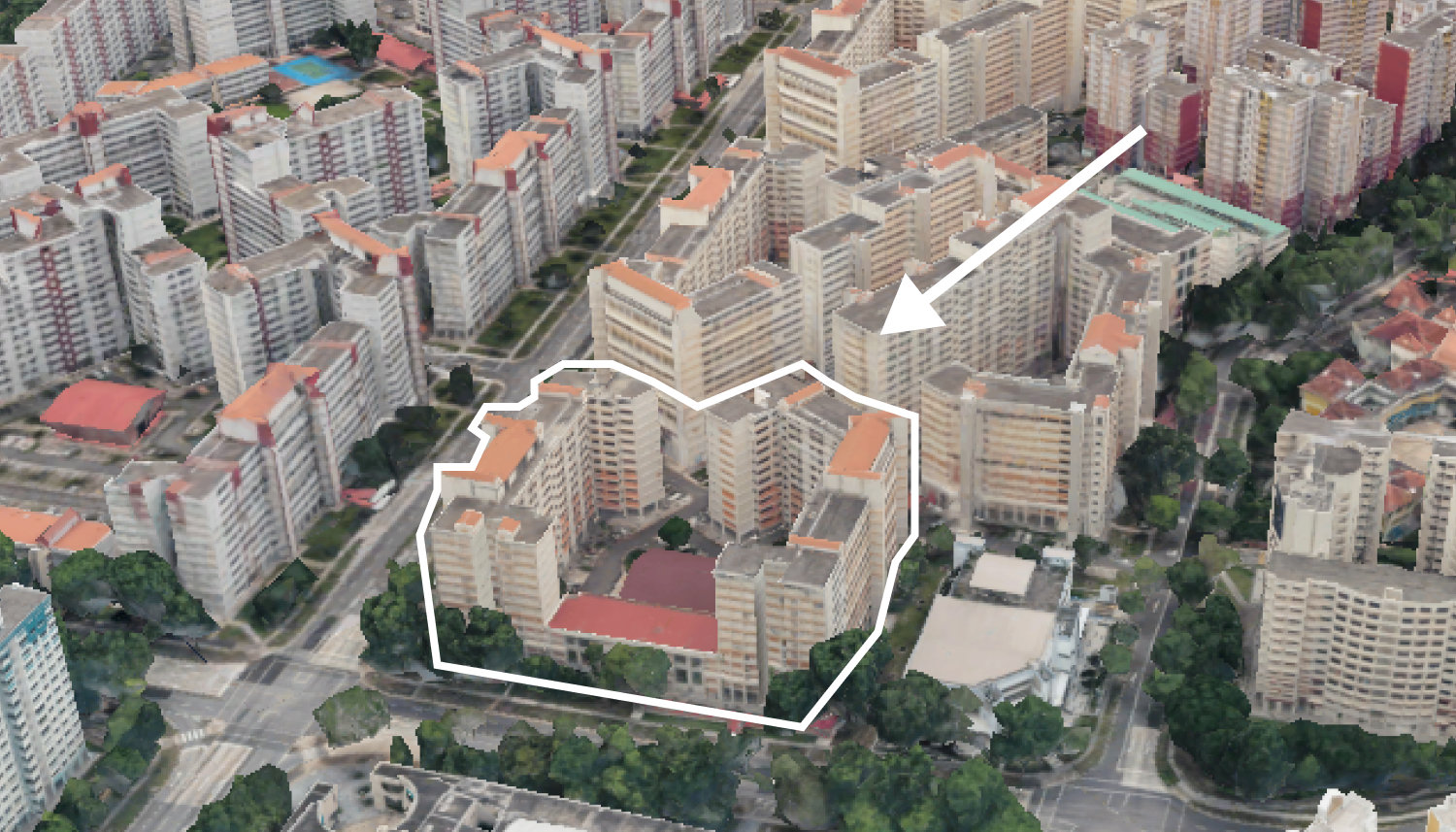
On The Market We Found the Cheapest Yet Biggest 4-Room HDBs You Can Buy From $480K
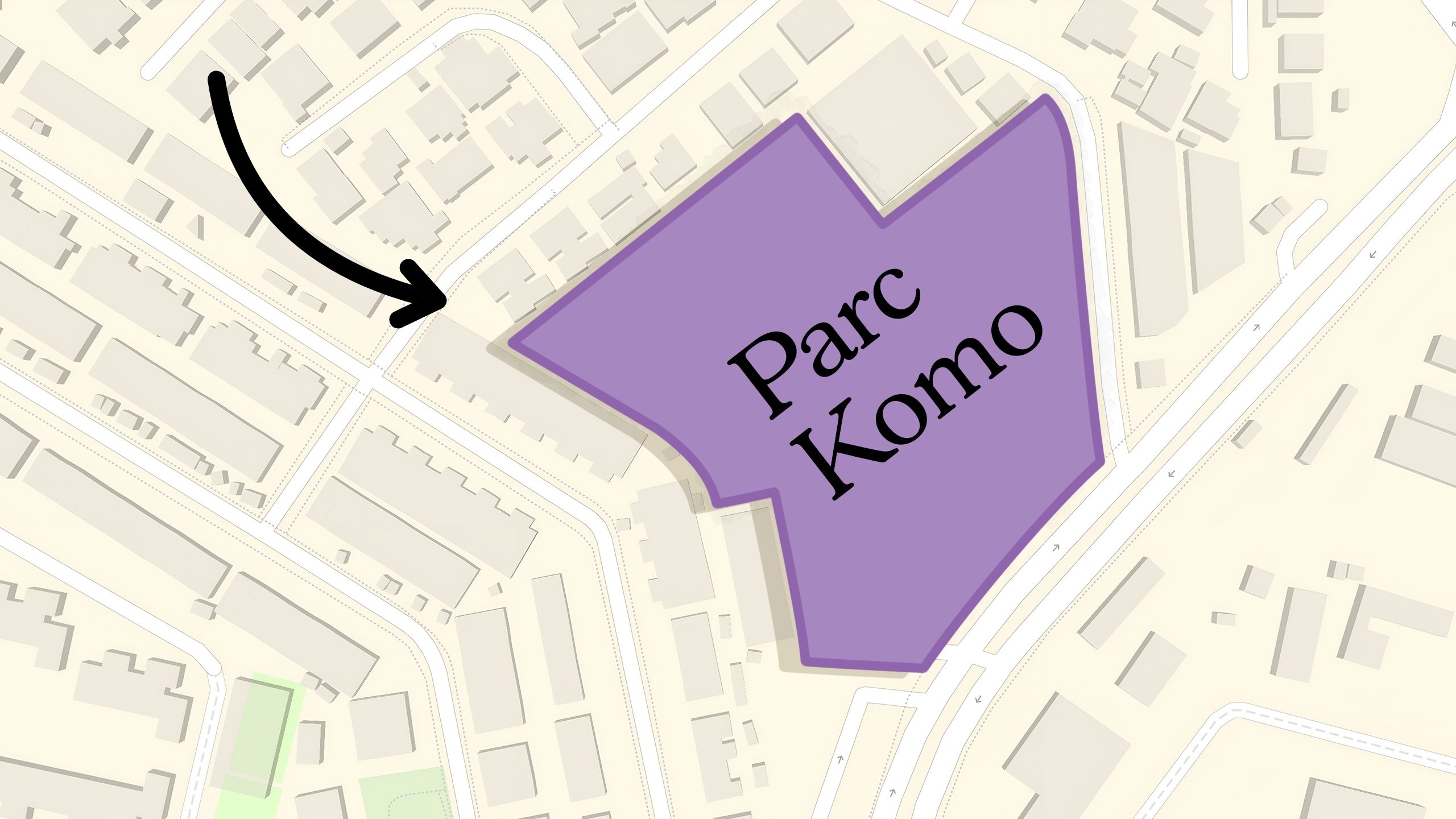
Pro Why This Freehold Mixed-Use Condo in the East Is Underperforming the Market
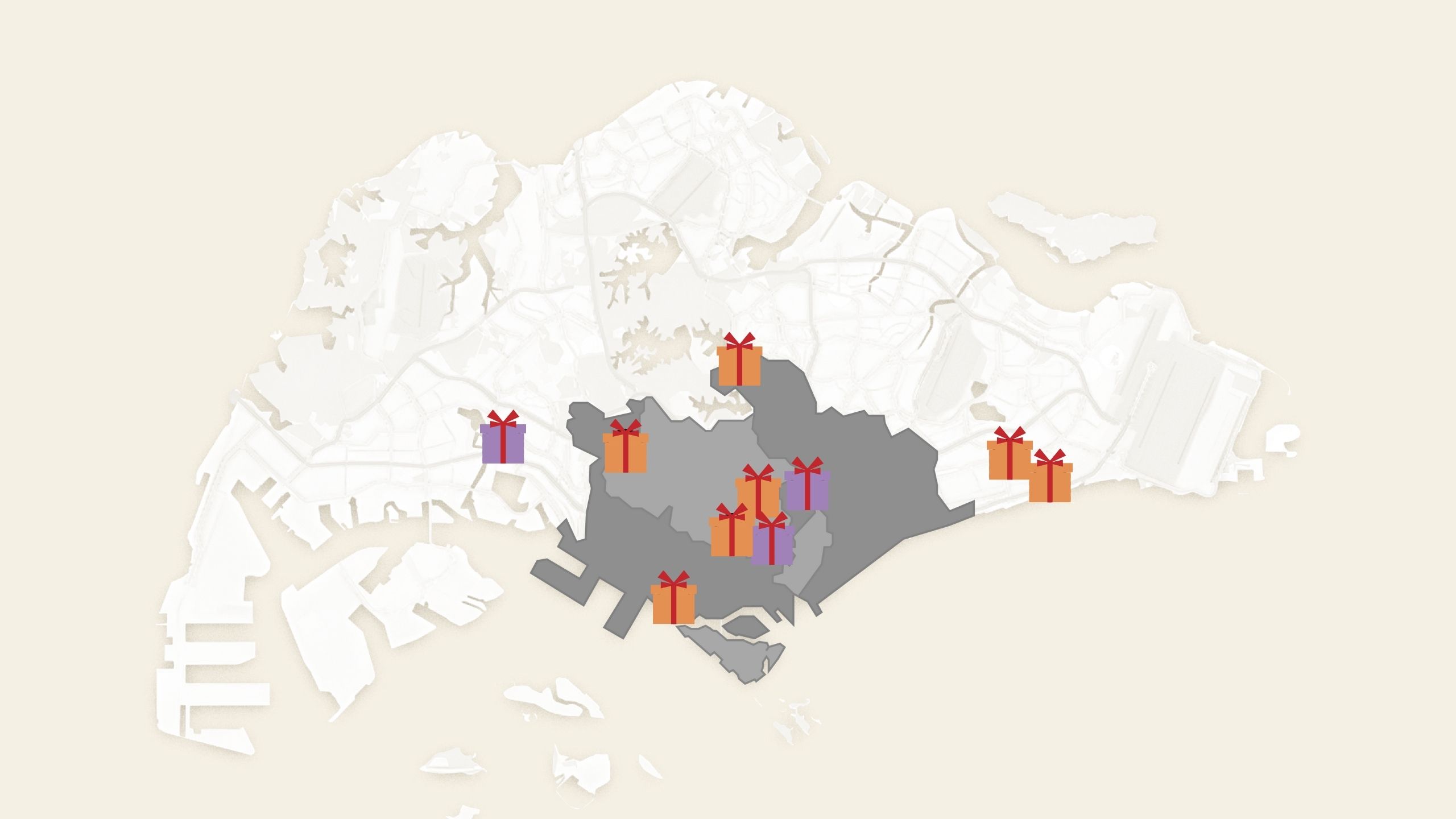
Singapore Property News 10 New Upcoming Housing Sites Set for 2026 That Homebuyers Should Keep an Eye On

Homeowner Stories I Gave My Parents My Condo and Moved Into Their HDB — Here’s Why It Made Sense.
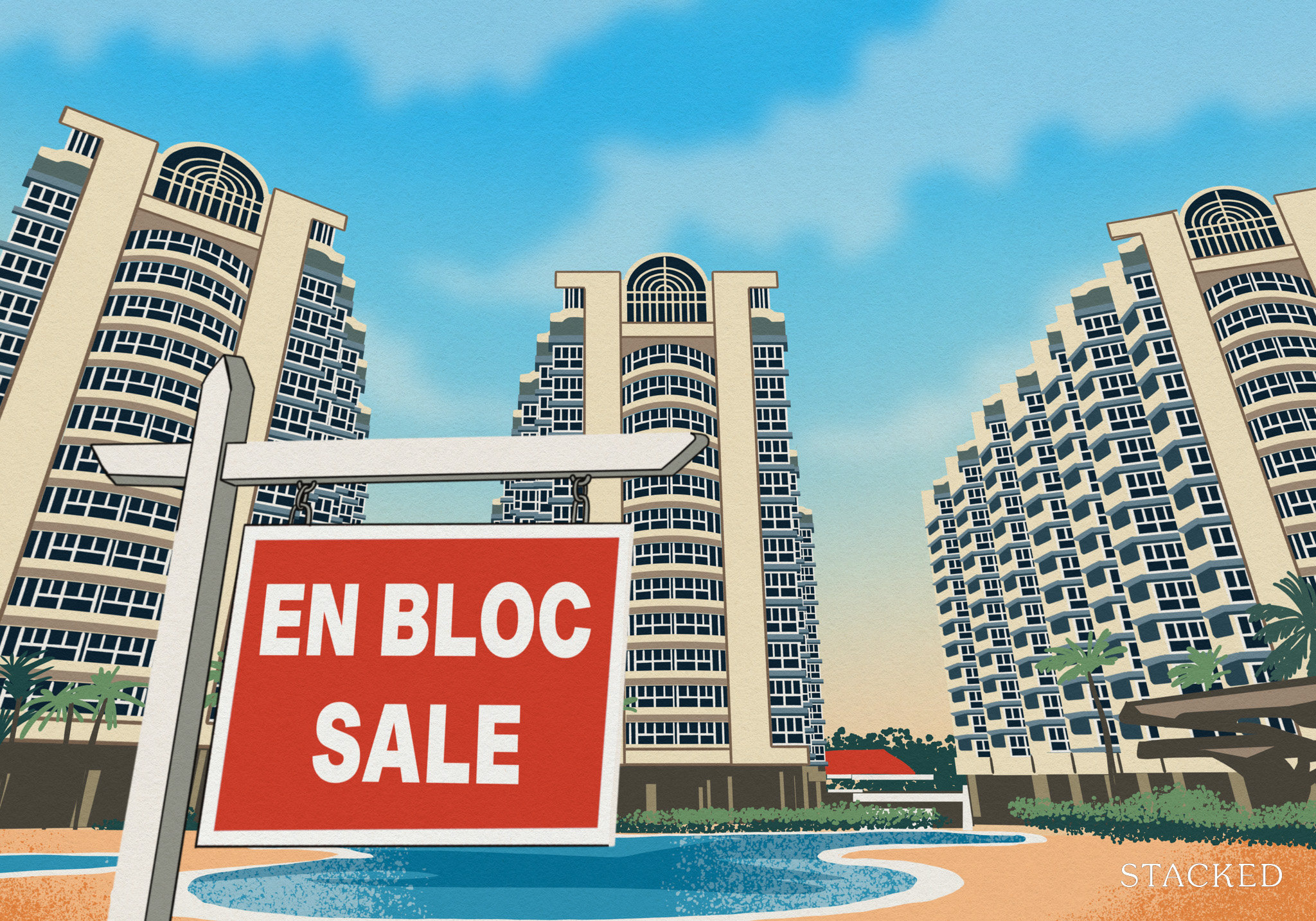
Singapore Property News Will Relaxing En-Bloc Rules Really Improve the Prospects of Older Condos in Singapore?
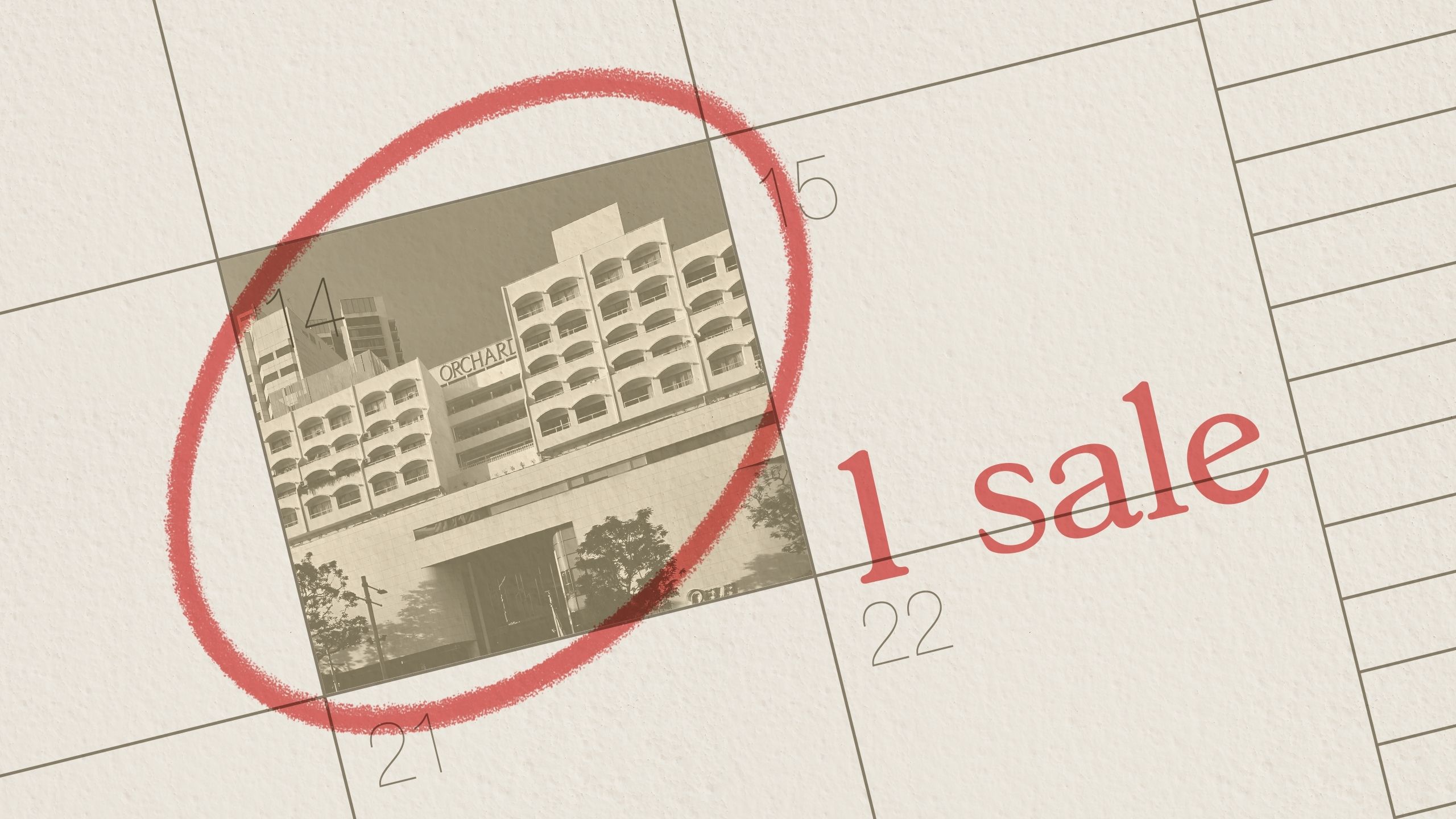
Property Market Commentary The Rare Condos With Almost Zero Sales for 10 Years In Singapore: What Does It Mean for Buyers?

Pro Why This Large-Unit Condo in the Jervois Enclave Isn’t Keeping Up With the Market

Property Market Commentary 5 Upcoming Executive Condo Sites in 2026: Which Holds the Most Promise for Buyers?

Singapore Property News A Housing Issue That Slips Under the Radar in a Super-Aged Singapore: Here’s What Needs Attention



You’re using the word “cost” too loosely imo. Probably in your context, you had meant the initial cash outlay with respect to each of the options. The difference is relevant to the couple in question as they are considering the second property as investment.
For decoupling, the outlay is roughly 590k, of which 350k is used to capitalize the property; the remaining 240k is expensed.
For selling the existing then buying two new properties, the outlay required is about 770k, of which 650k is capitalized; 120k is expensed. The amount needed for downpayment is higher, but they will be selling their current which will free up liquidity to offset that.
When advising others on making investment decisions it is important to make the distinction. While understandably cash requirements is high on the list of considerations for most, return on capital should be very important as well. Therefore, it is up to the investor to weight how much they value simplicity and liquidity (spending less cash up front) Vs returns (by spending less on expense and diverting that into investment capital instead). Just lumping everything as “cost”, it’s easy to lose sight and focus solely on cash outlay but ignoring that decoupling actually “cost” 120k more in actual expenses just based on your calculation.
Why buyer’s new loan only $630000?